Southend Arterial Road
Before
the
arterial
road,
travellers
from
London
had
to
negotiate
a
tortuous
zig-zag
route
of
rutted,
unmade
roads,
on
the
eight
miles
of
old
road
between
Billericay
and
Wickford
there
were
29
changes
of
direction.
The
lack
of
a
more
direct
route
into
the
borough
was
blamed
on
the
Romans,
who
failed
to
discover
Southend,
and
the
consistency
of
the
local
soil,
described
as
‘Essex
Custard’.
In
1920,
British
Prime
Minister
Lloyd
George
had
announced
plans
for
a
programme
of
new
roads
to
be
built
around
London
to
create
jobs
for
former
soldiers
from
the
Great
War.
One
of
these
was
Eastern
Avenue,
from
Wanstead
to
Hare
Hall
near
Romford
(or
known
today
as
Gallows
Corner).
In
1921,
plans
were
announced
for
addition
to
this,
a
new
21
mile
single
lane
extension,
the
first
road
in
this
country
built
specifically
for
motorised
vehicles
rather
than
horse
drawn
as
before,
to
run
in
almost
a
straight
line
(where
possible)
from
Hare
Hall
Romford
to Southend which was not normal for the time.

Southend Timeline Southend-on-Sea © 2009 - 2024. All Rights Reserved



SOUTHEND CITY
The
road
was
officially
opened
on
25th
March
1925
by
HRH
Prince
Henry
the
third
son
and
fourth
child
of
King
George
V
and
Queen
Mary,
who
had
great
interest
in
the
‘new
fangled
motorised
vehicles’
at
Wanstead,
he
drove
sedately
the
entire
length
in
a
long
line
of
shining
cars
until
he
reached
Southend
where
Councillor
R.
Tweedy
Smith,
the
Mayor,
read
the
address
of
the
welcome.
HRH
Prince
Henry,
watched
by
over
1,000
local
residents,
praised
the
largest
road
building
project
ever
undertaken
since
the
Romans
and
warned
that
traffic
to
the
borough
would
that
year
increase
by
1,000
per
cent.
In
the
long
run
it
will
repay
Southend
handsomely
for
its
contribution.
Part
of
the
road
leading
into
the
town
was
named
Prince
Avenue
(formerly
Eastwood Road) in his honour.
Southend
Corporation
was
keen
to
improve
economic
development
in
Southend.
1947
saw
Progress
Road
being
built
off
the
A127,
close
to
the
town's
border;
and
the
seeds
were
planted
for
the
borough's
first
industrial
estate.
Which
in
it's
time
has
hosted
some
of
the
town's
most
important
employers
including
Mercedes-Benz
of
Southend,
MK
Electric
and
JEGS.
This
site
is
still
considered
to
be
very
important
in
the
town's
future
business
plans.
A127
Reinforced Concrete Street Lights

Southend-on-Sea’s No 1 History Website! Documenting The Town & The Townspeople
Now Incorporating The Sea Of Change Website
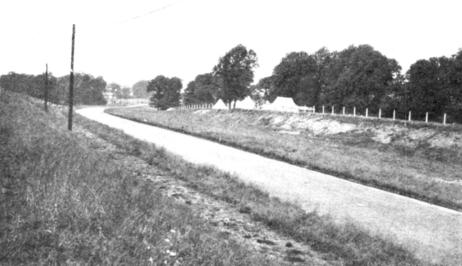
1925 Stretch of the new Southend Arterial Road
Website Info:



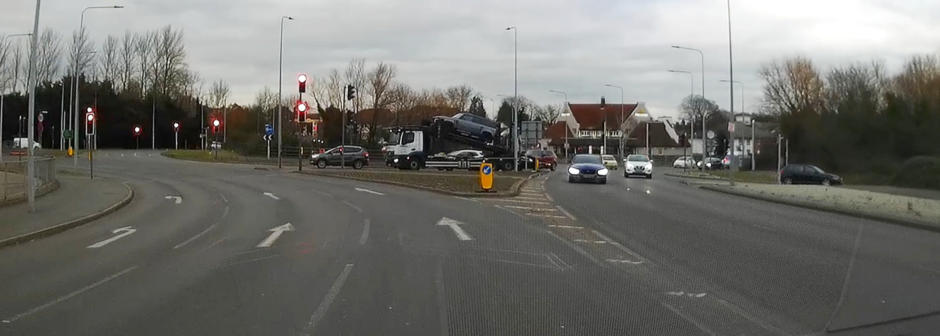
Work
started
on
the
on
8th
December
1921.
Unlike
many
roads
of
the
time
which
were
built
on
former
Roman
roads,
the
A127
was
a
new
structure
and
had
to
be
dug
out
of
the
virgin
Essex
clay,
the
road
was
largely
built
by
hand
which
was
no
mean
feat,
except
just
west
of
the
weir
Rayleigh,
a
chase
34
ft
deep
was
cut
by
steam
diggers
through
a
clay
ridge,
and
here
160,000
cubic
yards
of
clay
was
removed.
The
new
road
touched
the
Borough
boundary
at
Eastwood,
near
the
Waterworks
Station.
The
total
cost
of
the
road
was
£1.250,000,
Southend
Corporation
which
was
eager
for
the
borough
to
become
a
key
destination
for
people
and
business
paid
£100,000
towards
the
cost,
an
official
from
the
Ministry
of
Transport
described
this
as
“The
shrewdest
investment Southend has ever made.”
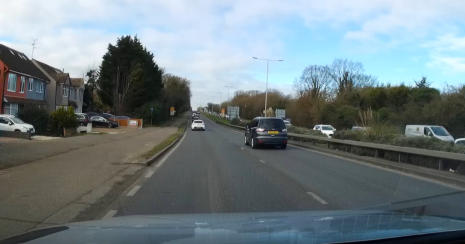
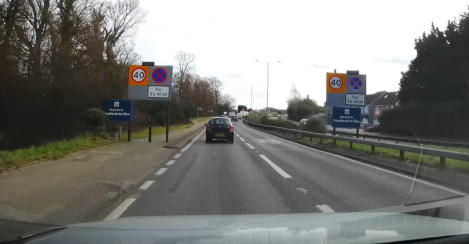
Dashcam Feb 2022, A127 Southend Borough Boundary Westbound
Dashcam Feb 2022, A127 Southend Borough Boundary Eastbound
Rayleigh
Weir
first
started
as
a
road
junction
in
1925,
with
increasing
traffic
it
was
upgraded
to
a
roundabout
in
1967,
between
the
dates
of
December
1989
to
1992
the
A127
underpass
was
built
with
local
traffic
able
to
use
a
roundabout
on
top.
Unfortunately
with
heavy
rain
the
underpass
is
liable
to
flooding
and
has
to
be
closed.
A
Heritage
Plaque
was
placed
by
the
Rayleigh
Town
Council,
and
unveiled
on
the
23rd
November
2010
near
the
entrance
to
the
Rayleigh
Weir
Public
House
(The
Harvester),
to
celebrate
the
opening
in 1925 of the Southend Arterial Road (A127).
Dashcam Feb 2022, Rayleigh Weir Roundabout Northbound from Rayleigh Road, Rayleigh Weir Harvester in the Distance
The closing of three dangerous intersections
In
the
1980s
access
and
the
middle
intersections
along
the
Southend
Arterial
Road
A127
at
Belgrave
Road,
Grovewood
Avenue,
Glenwood
Avenue
and
Eastwood
old
Road/Wayletts
were
closed.
Increasing
traffic
and
constant
accidents
deemed
these
junctions
too dangerous.
As
you
can
see
from
the
rough
drawings
below
you
played
Russian
Roulette
to
navigate
these
junctions,
if
you
put
the
three
diagrams
together,
the
scenario
of
vehicles
crossing
the
path
of
other
vehicles
was
an
accident
waiting
to
happen,
with
no
traffic
control
systems ie traffic lights in place you can understand how busy and dangerous the road layout became.
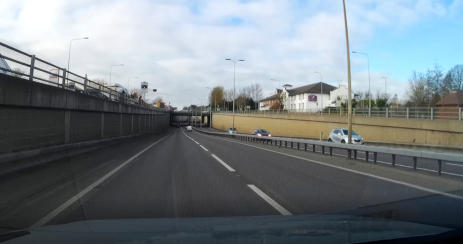
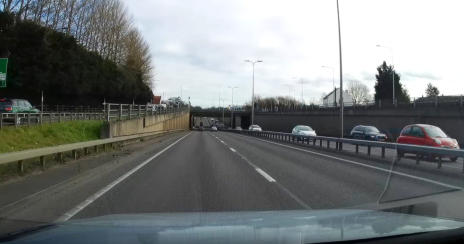
Dashcam Feb 2022, A127 Rayleigh Weir Underpass Eastbound
Dashcam Feb 2022, A127 Rayleigh Weir underpass Eastbound
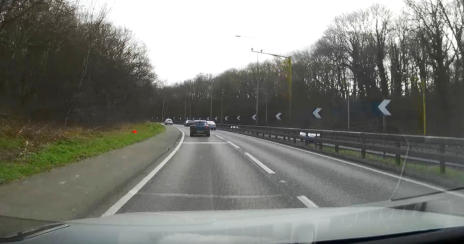
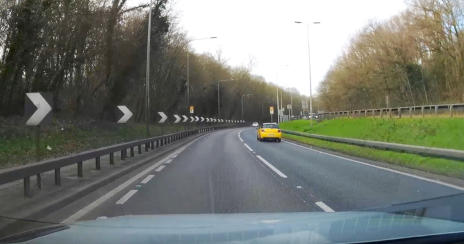
Dashcam Feb 2022, A127 Rayleigh Weir Cutting Westbound
Dashcam Feb 2022, A127 Rayleigh Weir Cutting Eastbound
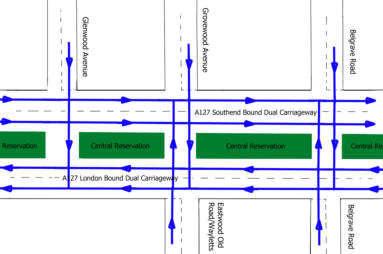
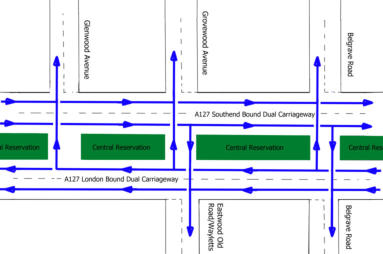
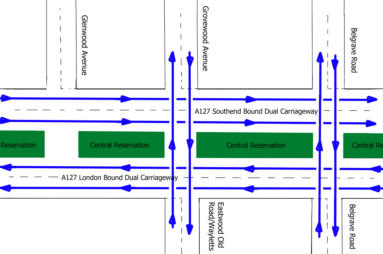
Vehicle
access
to
the
Southend
Arterial
Road
A127.
To
make
these
junctions
more
dangerous,
drivers
sometimes
would
decide to make a ‘U’ turn from east to west or vice-versa
Vehicle exits from the Southend Arterial Road A127
Using
the
intersections
to
cross
the
Southend
Arterial
Road
A127 from north to south or vice-versa
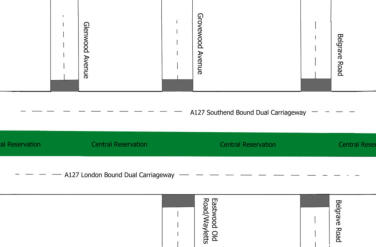
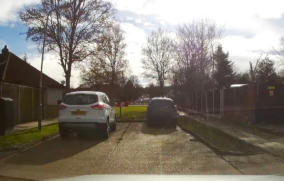
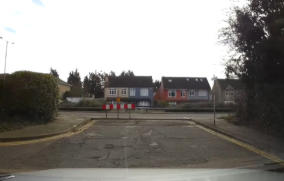
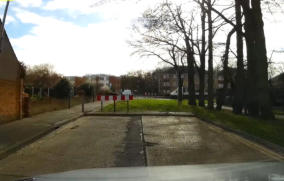
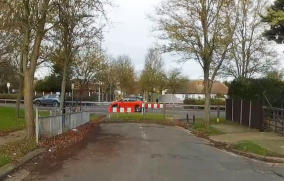
Dashcam: Glenwood Avenue
Dashcam: Grovewood Avenue
Dashcam: Belgrave Road
Dashcam: Belgrave Road
Map of closed roads & intersections
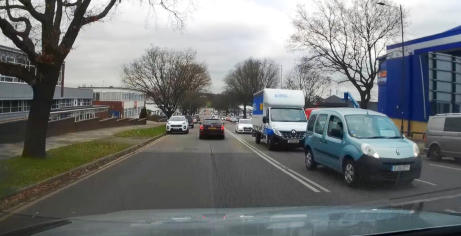
Dashcam: Progress Road




By
the
summer
of
1935,
the
single-lane
Southend
Arterial
Road
was
so
congested
that
motorists
avoided
it.
In
1939
the
A127
was
dualled.
The
effect
of
the
new
direct
road
linking
Wansted to Southend was to inspire other major road developments elsewhere in the town.
For
many
years
the
road
was
only
lit
up
to
the
borough
boundary
the
next
area
of
lighting
was
the
Rayleigh
Weir
roundabout
where
the
road
again
plunged
into
darkness.
The
street
lights
were
made
from
reinforced
concrete,
the
design
was
poor,
if
a
vehicle
struck
the
post
the top oval part would break and come crashing to ground below.
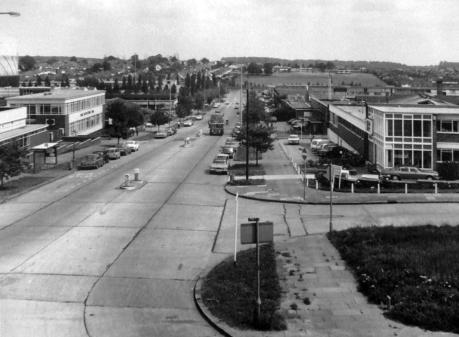
Progress Road
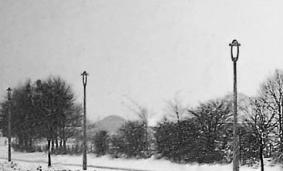
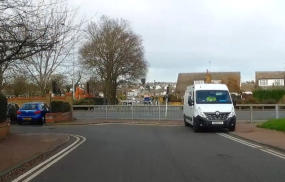
Dashcam: Eastwood Old Road/Wayletts
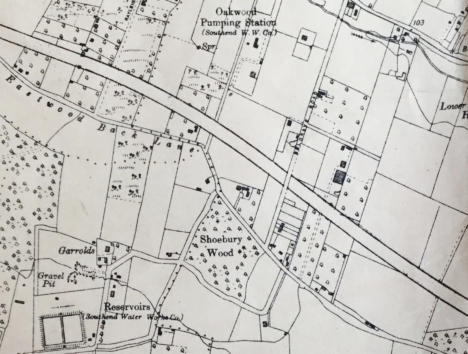
A127 Borough Boundary

1930
Kent
Elm's
Corner.
An
area
of
Eastwood
that
meets
up
with
the
A127,
housing
in
this
area
started
to
be
developed
this
year.
This land area included the Devonshire Gardens estate.
To be continued…….
Chalkwell ▪ Eastwood ▪ Leigh-on-Sea ▪ Prittlewell ▪ Shoeburyness ▪ Southchurch ▪ Thorpe Bay ▪ Westcliff-on-Sea
































































